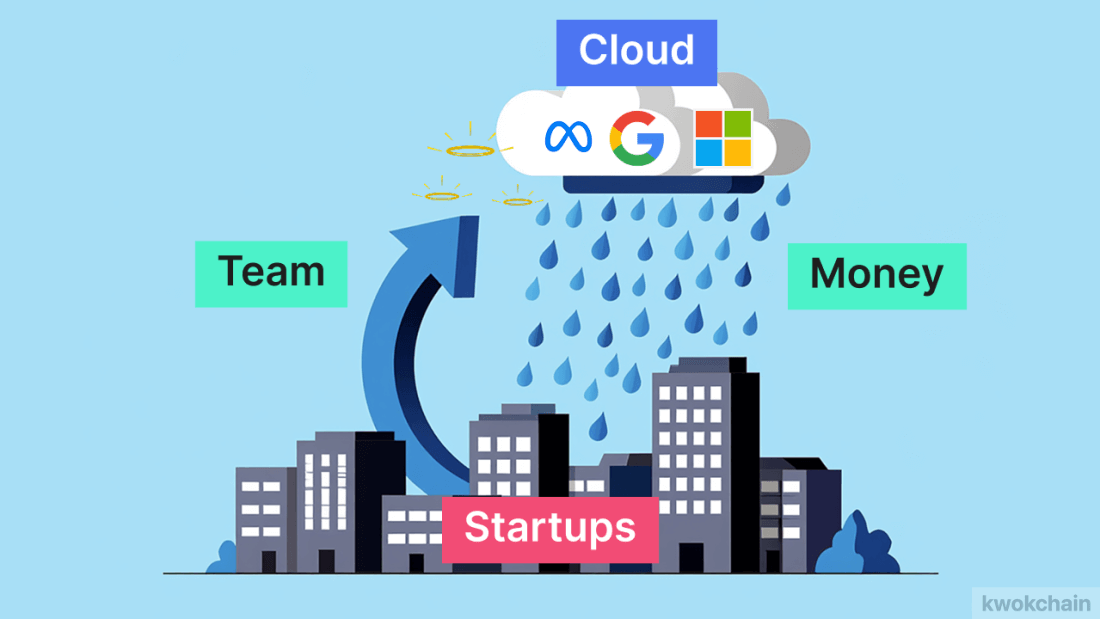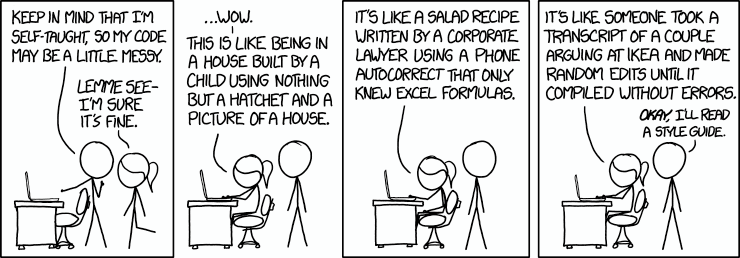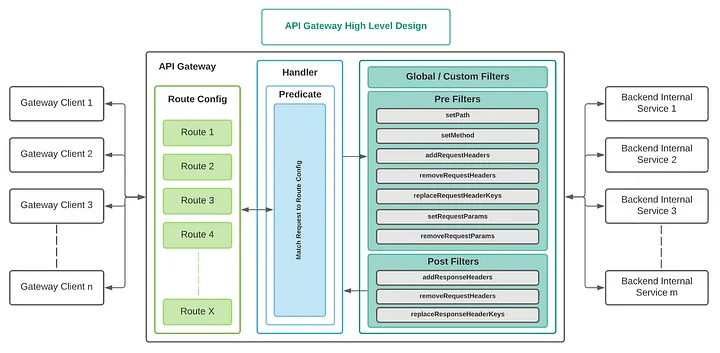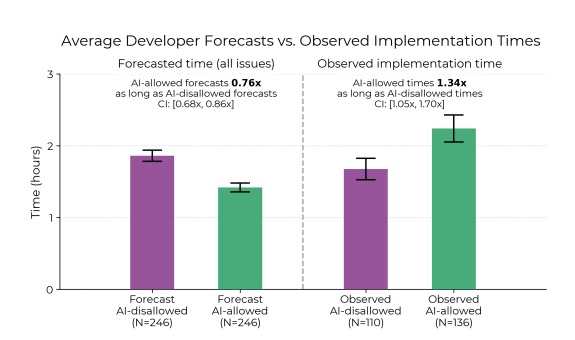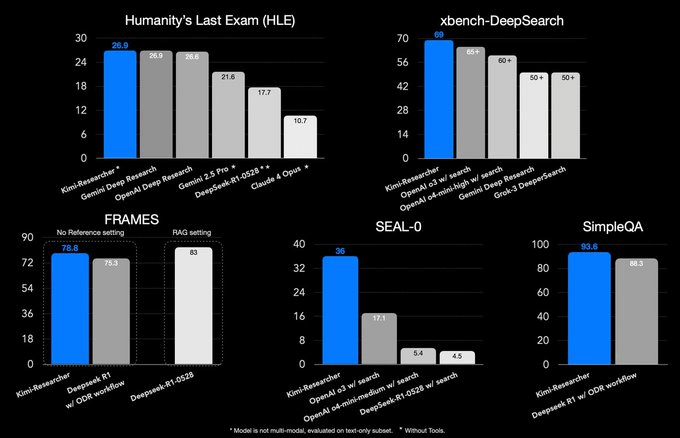- Frictionless, by Pagepro
- Posts
- AI Slows Dev Productivity by 19%
AI Slows Dev Productivity by 19%
Kimi K2 DeepSeek Moment, AI Affects Speed & Kiro IDE Debut
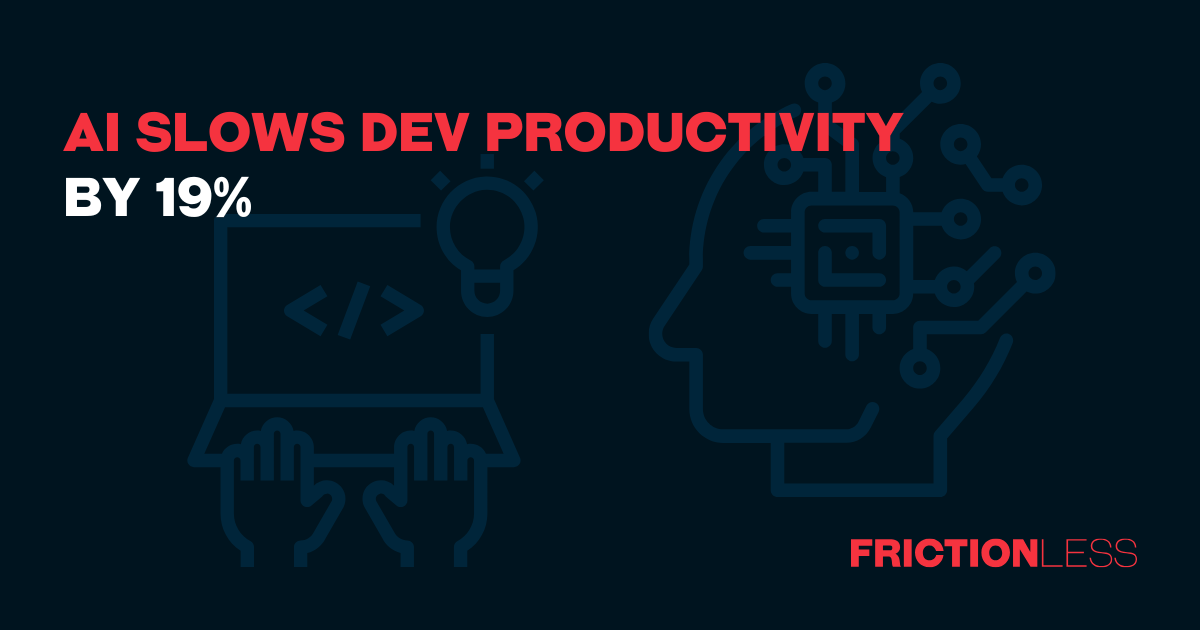
Happy Wednesday!
AI was supposed to save us time, but a new study shows developers are working 19% longer with AI tools. Maybe they just haven’t tried Kiro, AWS’s new IDE perfect for those tired of vibe coding.
Meanwhile, Moonshot’s Kimi K2, backed by Alibaba, has entered the AI race, reportedly outperforming Claude and GPT‑4.1 in coding tasks. Next.js 15.4 is out too, with a promising preview of what version 16 might bring.
I also rewatched Malte Ubl’s keynote from Vercel Ship last week. It inspired me to describe Vercel’s three-phase approach to AI agent development, which you can read here.
Now, grab your coffee, relax, and enjoy this week’s issue of Frictionless.
In the Queue
Reduce Friction
The HALO Effect
A new model is taking shape in Silicon Valley: hire great people, build great models, and then license them out. The “Hire and License Out” model is already used by companies like Inflection, Character AI, and Windsurf. Let's look at what makes it so compelling.
Speed Without Quality Is Tomorrow’s Crisis Arriving Faster
We’ve all felt the pressure of deadlines, but at Epic Test Quest, skipping testing cost €100,000 in revenue. The lesson here is simple: speed might be important, but without quality, it becomes a liability.
Checklist for a Perfect React Code Review
Code reviews are the backbone of any dev team. Their real value is in better communication, shared context, and dev-to-dev mentorship. If you want to get 100% out of your reviews, this checklist is a good place to start.
How to Talk About Your Competition
Having competitors means you're in a healthy market. However, standing out takes more than just a better product. You also need to know how to talk about the competition without sounding insecure or petty.
Deepen Your Expertise
How Tinder’s API Gateway Handles A Billion Swipes Per Day
Tinder’s API gateway handles traffic from 190+ countries, routes calls across 500+ microservices, and fends off bots at scale, all with low response times. Their secret? A custom gateway built in-house to scale fast and stay secure.
Figma's $300,000 Daily AWS Bill Highlights Cloud Dependency Risks
By spending 12% of its total revenue on AWS, Figma became fully dependent on a single provider. If Amazon changes its terms or pulls support, there’s no easy way out. Even top-tier companies can get trapped by scale, which makes now a good time to rethink your infra strategy.
Next.js 15.4
The new update to Next.js focuses mostly on stability and Turbopack. What takes the spotlight, though, is the preview of the upcoming Next.js 16 features. There isn’t a concrete date yet, but we might expect a release this summer.
To Be a Better Programmer, Write Little Proofs in Your Head
Sketching “little proofs” in your head, preconditions, invariants, and all, can make your code more correct on the first try. It’s a simple habit that can make a big difference for your team.
AI Corner
Measuring the Impact of Early-2025 AI on Experienced Open-Source Developer Productivity
A new study shows something unexpected: experienced open-source devs using AI tools were 19% slower. One theory points to the steep learning curve of AI tools as the reason; another suggests that they spent more time cleaning up the messy code AI produced, but what is the truth?
Context Engineering Guide
Prompt engineering isn’t enough anymore. If you want to stay up to date with LLMs this guide explains what context engineering is with practical examples of prompt design, memory handling, and building effective agent workflows.
Alibaba-Backed Moonshot Releases New Kimi AI Model That Beats ChatGPT, Claude In Coding — And It Costs Less
Another DeepSeek moment? Moonshot AI, backed by Alibaba, released Kimi K2, an open-source model trained on 15.5 trillion tokens. It reportedly rivals Claude and GPT-4.1 in coding tasks, at a fraction of the cost.
AWS Previews Kiro IDE for Developers Who Are Over Vibe Coding
After the recent Cursor controversy, AWS unveiled Kiro, its new AI-powered IDE. Unlike some of its competitors, Kiro doesn’t rely on vague prompts. It starts with structured specs and guides you through requirements, design, and deployment.
Just Cool
The History of React Through Code
Has React changed a lot since 2011? Take a look at how React evolved through its code and judge for yourself!
Let’s Stay in Touch! 📨
Do you have any comments about this newsletter issue or questions you want to ask? Drop me a message or book a meeting.
What do you think of today's email?Your feedback helps me improve Frictionless. |

